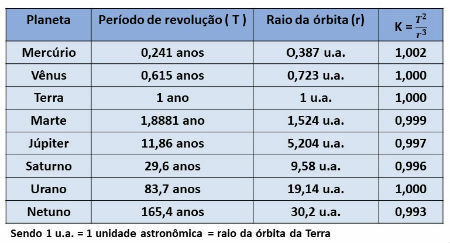Asteroids are rocky bodies with a metallic structure that orbit around the sun like planets, but which have a very small mass compared to them. Its diameter can reach hundreds of kilometers, but it can also be a few meters. They do not usually have a defined shape, presenting the most diverse appearances.
There are two theories that point to its emergence and formation. The first – more accepted by the scientific community – claims that asteroids were formed from the explosion that gave rise to our solar system and that did not merge with any mass of any planet. The second states that they formed from the remains and debris of planets or part of them, resulting from the collision between two celestial bodies.
Asteroids were discovered after Johann Titus and Johann Bode determined the mathematical possibility that there was a planet orbiting the sun between Mars and Jupiter. In 1801, Giuseppi Piazzi discovered a body in this region, which was given the name Ceres. However, their mass was smaller and their shapes were quite different from the common planets. Later, other similar bodies of smaller size were discovered in the region near Ceres and they were given the name of asteroids.
asteroid classification
There are different types of asteroids. Among them, the types C, S and M stand out.
the type Ç make up two-thirds of the asteroids known to man to date. They are characterized by their dark color and their low reflectivity of sunlight.
the type s they are brighter and reflect sunlight better, which characterizes their luminosity.
the type M they are composed of nickel-iron and are the ones that most reflect sunlight.
Do not stop now... There's more after the advertising ;)
Asteroid Fun Facts
1) Did you know that every day the Earth is hit by asteroids? The good thing is that they usually have very small dimensions, practically insignificant, not being able to cause any change in the planet. Generally, they are destroyed when colliding with the atmosphere and do not reach the ground.
2) In 1909, an asteroid the size of a football field hit Earth and exploded in our atmosphere. The explosion caused aftershocks that destroyed more than 2,000 square kilometers of Siberia.
3) Another asteroid, this time the size of two football fields, has been causing a lot of controversy, concerns and conspiracy theories, the Apophis it is about 250 meters in diameter and 45 million tons. If it hits Earth, it would be able to easily destroy a large city, as it would have a destructive power many times greater than an atomic bomb. However, for scientists, the possibility of it hitting Earth is almost nil, yet some claim that it will hit us in 2036, despite most claiming otherwise.
4) Asteroids can transform into natural moons or satellites. It is estimated that many moons of different planets have arisen in this way. A well-known example among astronomers is Phobos, which orbits around Mars.
5) Asteroids can also possess their moons. Some asteroids are so large that they have a gravitational field large enough to attract other celestial bodies. An example is the asteroid Ida, which has its own moon, which was called “Dactyl”.
By Rodolfo Alves Pena
Graduated in Geography
Would you like to reference this text in a school or academic work? Look:
PENA, Rodolfo F. Alves. "Asteroids"; Brazil School. Available in: https://brasilescola.uol.com.br/geografia/asteroides.htm. Accessed on July 27, 2021.


